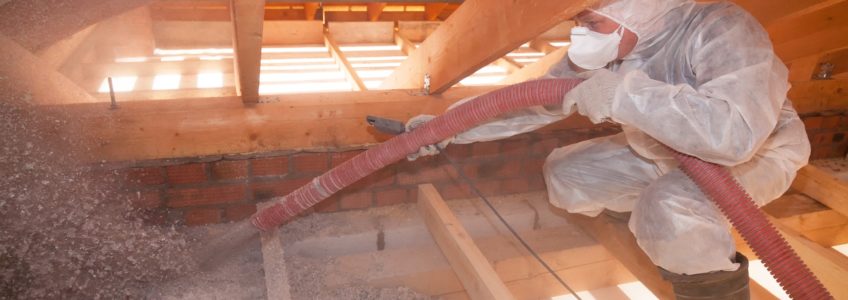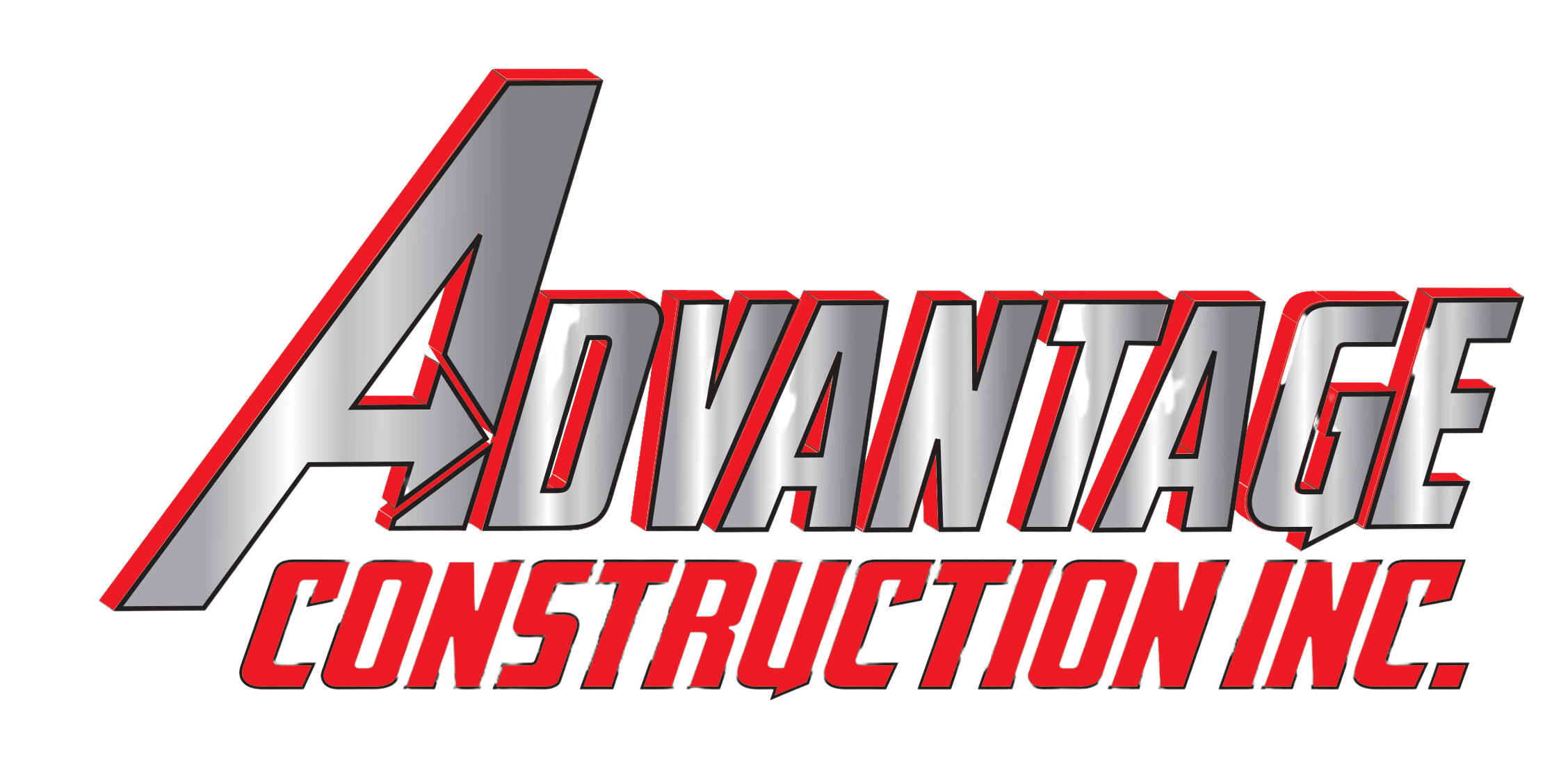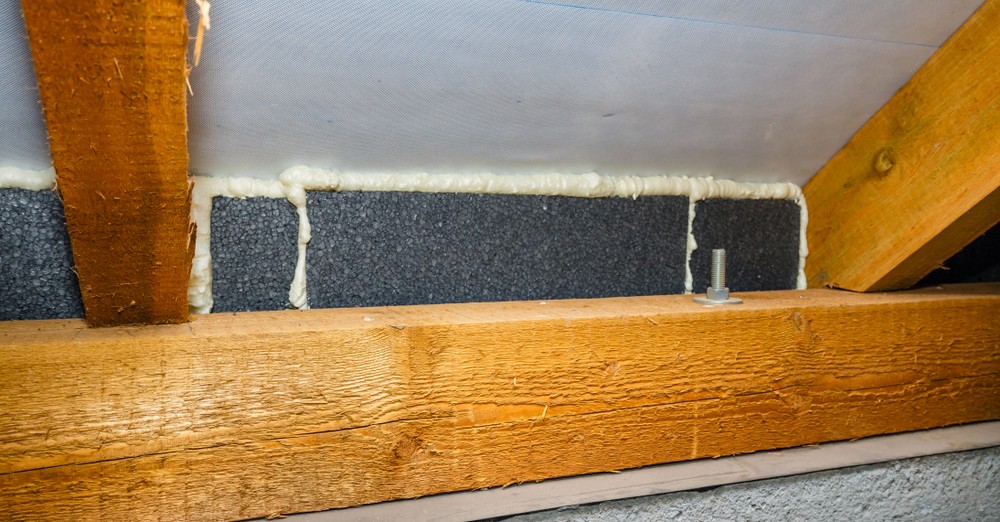
Well-insulated attics can be the key to high energy efficiency in your home. However, old, failing insulation or attic insulation that wasn’t installed correctly can lead to an abundance of annoying issues for homeowners. Luckily, there are plenty of practical ways to handle attic insulation problems and have your home back to its typical performance levels in no time.
Why Is Attic Insulation so Important?
Attic insulation is one of the most important pieces of a well-functioning home, and commercial attic insulation is also essential for maintaining corporate and retail properties. Homes, businesses, and basically every building require robust insulation systems and regular maintenance to ensure its longevity.
So, how does insulation actually work? Well, the dense, insulating materials make a barrier between your attic and the outside world, which blocks damage from pests, water, ice, and other harsh weather. In addition, a well-insulated attic will improve home energy efficiency, helping regulate the temperature in your entire house, keeping the air cool in the summer and warm in the winter.
Finally, finding the right attic insulation for your home can also benefit other areas. Adequate insulation minimizes the occurrence of ice dams during colder months, which can cause extensive roofing damage. Using the proper installation process and a good seal, your attic (and the rest of your home) can easily stay protected from common problems.
Types of Attic Insulation
When it comes to attic insulation, most homeowners don’t realize how much variety exists in the market. Many people simply picture the soft, pink, fluffy stuff from cartoons and television shows. However, homeowners can select from several different kinds of attic insulation to keep their home and personal property warm, dry, and protected. Here are the primary attic insulation options:
- Fiberglass batt insulation
- Blown-in fiberglass insulation
- Blown-in cellulose insulation
- Spray foam insulation
- Denim insulation
- Mineral wool insulation
- Rigid foam replacement barriers
- Radiant barrier replacements
Like any other system or component in your home, the different types of attic insulation each have unique characteristics, functionalities, advantages, and drawbacks. The primary insulation option preferred among residential homeowners is fiberglass insulation for its moisture and fire resistance, ease of installation, and impressive lifespan. Plus, fiberglass insulation is highly affordable.
Spray foam insulation, blown-in cellulose, and replacement barriers all have benefits too. For example, spray, and blown-in insulation makes it possible to insulate tight, hard-to-reach places in your attic. Additionally, replacement insulation barriers are a huge asset if you don’t have the time or budget to fix more extensive issues right away, as they can easily cover any exposed spots in your attic.
6 Common Attic Insulation Problems (and Solutions to Fix Them)
Even after installing the highest quality insulation in your attic, there may come a time when some of the most common attic insulation issues arise. Age, environment, and annual maintenance all play a role in the probability of experiencing problems with your attic insulation.
Below, we explore the typical types of attic insulation issues and find practical solutions to each situation. Read on if you’re concerned about your insulation or currently experiencing these issues in your home:
1. Missing or Inadequate Attic Insulation
Insulation is essential for every home, so forgoing adequate insulation or installing it incorrectly can be detrimental to your roof and the items in your attic’s interior. Open spaces without insulation allow moisture to accumulate, pests to enter your attic, and creates a plethora of other problems. Missing insulation can also be a significant contributing factor in your home’s high energy bills since hot and cold air can escape at these points.
Solution
So, how do you solve the issue of missing or inadequate insulation? The answer is simple; utilize a professional attic insulation specialist or a local contracting company to properly install your attic insulation. Experienced contractors will ensure that every weak point is covered with the proper insulation or spray foam.
Some areas of concern where insulation can often be lacking or missing altogether include skylights, windows, attic entrances, around vents, and in areas where the roofing meets your attic floor. You can also install insulation to protect other exposed areas of your home, including:
- Carports
- Detached garages
- Three and four-season rooms
- Screened-in porches
- And more
2. Uneven Attic Insulation
When installing attic insulation, you want to ensure that the material is layered evenly in every area. Blown-in insulation is straightforward to install with specialized machinery, but it’s rarely distributed evenly across your attic. If your attic insulation isn’t layered correctly, it can drastically reduce the insulation’s effectiveness, thus, raising your energy bill.
Solution
Although homeowners can install blown-in insulation themselves, there’s a much higher chance of installing it incorrectly. The easiest way to avoid uneven insulation is to work with an attic insulation specialist. With a professional contractor on your side, you can ensure that the insulation coats each surface evenly and works effectively to protect and insulate your home.
3. Blocked Attic Ventilation
You’re guaranteed to have a much bigger problem on your hands without adequate ventilation or if your attic’s vents are blocked by insulation. Blocked vents often lead to unsightly and even dangerous issues, such as mold, mildew, and fungal growth.
Solution
Mold and mildew can be extremely hazardous to human health if inhaled or ingested, especially over prolonged periods. You do not want these gross, harmful substances making their way into other areas of your home through different ducts. During installation or when making repairs, recognize the various vents in your attic and ensure they are completely clear of any insulation or blockages before finishing up the job.
4. Collapsed or Compacted Insulation
Understandably, you want to have the ability to store different things in your attic. Boxes and bulky items are often relegated to this dark room, so they don’t get in the way. Although attics are excellent storage spaces, the items you store can seriously impact your insulation’s stability and effectiveness. For instance, cumbersome stacks of boxes can compact your insulation or even lead to a complete collapse of the insulation itself.
When attic insulation deteriorates and collapses, its R-value decreases. Insulation’s R-value refers to its ability to help your home retain heat in the winter and cool air in the summer. With a high R-value, your home stays comfortable throughout the year. As the R-value decreases, your house becomes less and less energy efficient.
Solution
The best way to avoid any collapsed or compacted insulation is to remove any heavy boxes or bulky items placed directly on top of the insulation. Instead, opt for shelving or attic-specific storage solutions to relieve weight from your insulation. In addition, you can store your boxes on solid flooring, so there isn’t any damage done to your attic’s insulation.
5. Pest Infestations
Unfortunately, like other areas of your home, pests often like to make your attic their own little retreat. Unfinished attics with inadequate insulation are the perfect hideaway for several small animals, insects, and other pests, including:
- Birds
- Bats
- Squirrels
- Mice
- Raccoons
- Cluster flies
- Arachnids
Some animals are easier to detect than others. For example, squirrels, mice, and raccoons might create scratching sounds that you can hear from outside the attic. Alternatively, spiders and other insects are more challenging to detect and often require extermination. Luckily, there are ways to deter pests from entering your home via the attic.
Solution
If you’re experiencing a pest infestation in your attic, it is likely indicative of gaps or failures in your insulation. Like the other issues listed above, all you need to do is find the spot (or spots) where insulation is lacking, allowing animals and insects to enter. Use spray foam or replacement insulation barriers to block off the holes or exposed spaces that allow pests to enter your attic. If that doesn’t do the trick, it may be time to call your local extermination company.
6. Ice Damming
Finally, for homeowners living in colder climates, ice damming can be a serious concern. Ice dams do not occur within your attic but on the roof’s exterior and can ultimately cause extensive damage to your roof’s structure.
Ice damming occurs in the winter when snow melts and re-freezes along the edge of your roof. Often, ice dams create hazardous hanging icicles and can even damage your roof. It’s crucial to get rid of ice dams right away. If ice dams are forming on your roof, there is a solution related to your attic insulation.
Solution
One of the reasons ice damming occurs is due to inadequate attic insulation. Without proper insulation, your attic can get too cold in the winter, which further contributes to the formation of icicles and frozen sheets on your roof. Obtain professional ice dam removal services such as ice dam steaming to remove the frozen conglomerate quickly. Then, once the weather warms, you can take the next steps to improve your existing insulation and avoid ice dams next year.
Are You Still Stuck on Insulation Issues? Get Help From the Pros
Insulating your own attic is no simple task, and you must ensure that the installation process is completed correctly. If you’re struggling to get started on installing attic insulation, or you’re experiencing some of the common problems we listed above, there’s no need to worry.
Consult with a trusted home contractor to come up with a course of action to mitigate your insulation issues or simply replace your existing insulation. With the job done correctly by industry-trained professionals, you can count on your attic insulation to last for years to come. Contact Advantage Construction to tackle your tricky insulation issues today.

